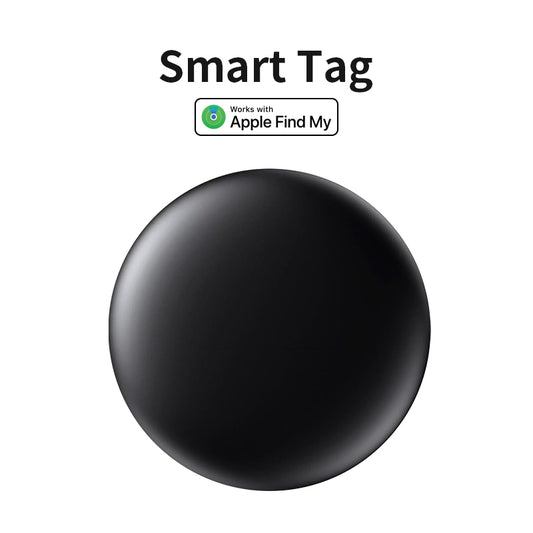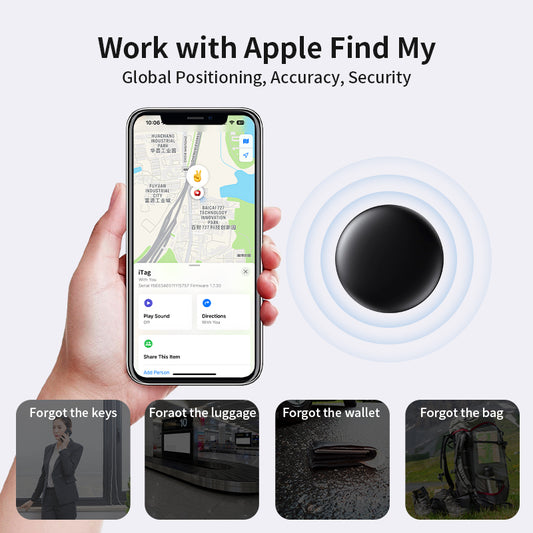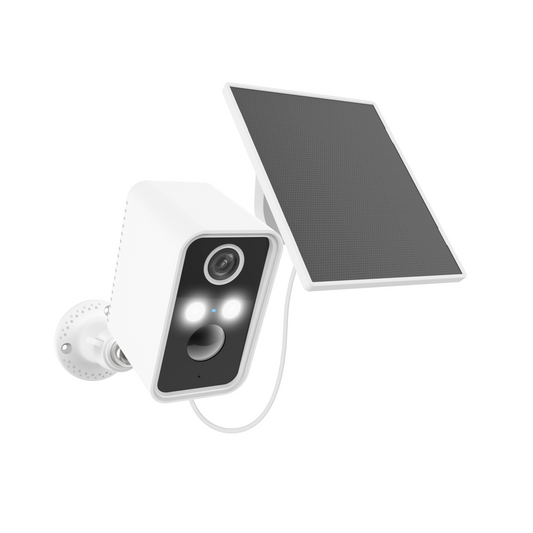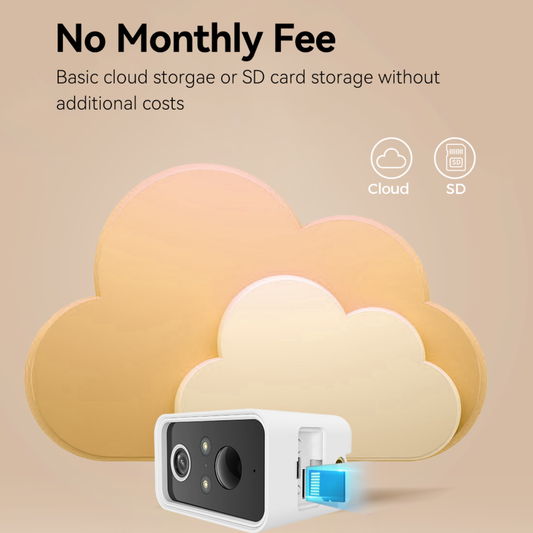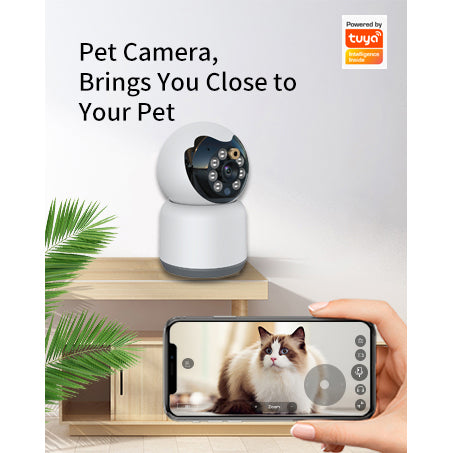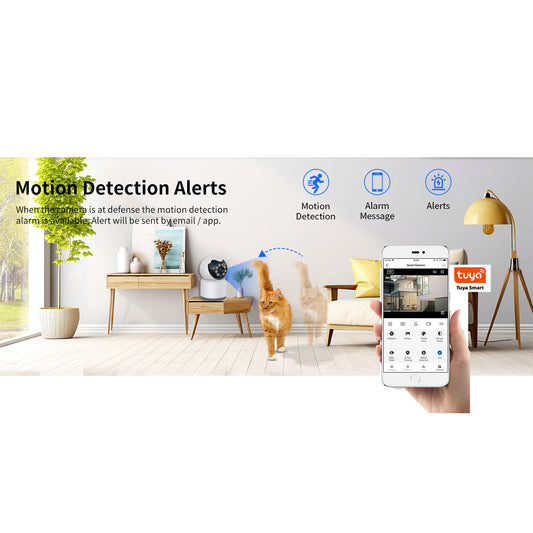
How GPS Pet Trackers Keep Your Pets & Belongings Safe at Home & Outdoors.
Having peace of mind starts with a solid plan. A GPS pet tracker, a visible ID tag, and a microchip work together. They keep dogs, cats, and valuables safe.
This guide explains how these tools create safety at home and outdoors. A Find My smart tag for pets & belongings, a pet anti-lost collar, and a dedicated pet gps tracker for dogs & cats are key. They ensure your pets and belongings are secure without any doubt.
These features are at the heart of smart pet parenting tools. They are designed for gps pet tracking at home & outdoors.
Whether in the backyard or on a trail, your needs change. A GPS pet tracker provides live updates and safe zones when needed. A Find My smart tag for pets & belongings helps find lost items at home.
Together, they increase the chances of a quick reunion. They also protect everyday items like keys, wallets, or a cat's collar.
At Why Not Deal, we prioritize comfort and clarity. We offer easy apps, secure attachment, and thoughtful alerts. If you're looking for the best gps tracker for pets, look for fast refresh rates, solid battery life, and reliable coverage.
These features handle tall buildings, foliage, and busy networks. Simple steps lead to real protection.

This article is the first step towards a reliable plan for home and travel. You'll learn how each tool fits, what "real-time" means, and how to keep batteries charged. The goal is to provide a calm, clear path to safety every day, wherever your pet goes with you.
Why a Multi-Layered Safety Plan Beats Any Single Device
A good plan combines permanent ID, quick contact, and live location. This way, you can find your lost pet fast and stop them from running away. It uses lost pet tech and simple steps that fit into your daily life. Plus, add pet security tips at home like secure gates and check-in habits to lower risks before devices kick in.
Lost pet prevention vs. recovery: how trackers fit in
- Prevention: use geofences, door routines, and yard checks to stop pets from running away. Pair these with pet security tips at home like double-leashing near traffic and securing latches.
- Recovery: when a pet escapes, GPS live mode and crowd visibility help find them fast. Microchips confirm identity at shelters; tags speed up neighbor outreach.
Modern lost pet prevention tech works best when prevention steps trigger early alerts. Then, recovery tools guide you to a precise location in near real time.
Why relying on one tool can fail in real-world scenarios
- Batteries drain faster in live tracking, reducing range at the worst time.
- Signals can lag from buildings, trees, or weather, delaying updates by a minute or more.
- Bluetooth-only tags and crowd networks may miss a moving pet. Even an apple find my pet tracker needs nearby iPhone traffic to help.
Start with the basics—microchip, ID tag, and GPS—then add simple home habits. This layered plan keeps you ready to act fast, improves signal coverage, and saves power when it counts most.
Find My smart tag for pets & belongings, Pet anti-lost collar, GPS pet tracker
A layered kit makes it easy to find pets and belongings. Use a GPS pet tracker for adventures. Pair it with a pet anti-lost collar for a pet collar smart tag safe fit.
Don't forget a find my smart tag for pets & belongings. It helps find items at home and on the move.
Real-time anti-loss tracking for pets, keys, wallets, and luggage
Use tools together for quick results. A wallet anti-loss smart tag finds a billfold fast. A luggage tracking device spots a bag on the carousel.
For pets, a GPS unit offers live updates. A find my smart tag for pets & belongings locates the collar indoors or in a car. They work together for all situations.
- Use Bluetooth to ping nearby items fast.
- Rely on GPS for distance, movement, and geofences.
- Keep a pet anti-lost collar that supports a pet collar smart tag safe fit.
When to choose a pet-specific GPS pet collar over a general tag
Choose a pet GPS collar for geofenced alerts and ruggedness. It's waterproof and securely attached. Look for LEDs and sound for night use and a pet-focused app.
A general tag is good for finding items at home and for travel. For escapes, go with GPS. The pet collar smart tag safe fit works with the tracker. Everyday carry tech covers wallets and bags without bulk.
How “Real-Time” Tracking Actually Works (and Its Limits)
Real-time tracking seems instant, but it's not always. It depends on radios, sky view, and power. A gps pet collar or apple find my pet tracker might use Wi‑Fi or Bluetooth for better accuracy indoors.
A waterproof shockproof pet tracker works in bad weather, but it relies on the network for updates.
Update frequency: 2–3 second best-in-class vs. 10–20 second delays
- Top devices, like Tractive, update in 2–3 seconds in live mode for real-time tracking.
- Other units update every 10–20 seconds when signal is weak or power-saving kicks in, as PetHub notes.
- Fast updates drain batteries quickly, so a gps pet collar may slow down as it runs out of charge.
Urban vs. rural: LTE-M, Wi‑Fi, Bluetooth assist, and satellite visibility
- In cities, LTE-M helps tracking move through towers, while Wi‑Fi and Bluetooth improve indoor accuracy.
- Rural areas favor satellite GPS with clear sky view, but frequent GPS locks use more energy.
- An apple find my pet tracker works well in areas with Apple devices, but a dedicated waterproof shockproof pet tracker is better off-grid.
Signal interference: tall buildings, dense foliage, weather, and crowd networks
- Skyscrapers, heavy trees, rain, and wind can block satellites and slow updates; Wirecutter has seen delays in these conditions.
- Crowd networks rely on nearby phones, which is shaky for a moving pet; a gps pet collar with direct cellular or GPS is steadier.
- For consistent real-time tracking, give the device clear sky and stable coverage whenever possible.
Battery Life Realities You Should Plan Around
Power only lasts as long as you plan for it. A battery life gps pet tracker works best when you match features to your routine. Use a power-saving zone at home. Build habits that support the tech, and your pet stays covered.
GPS trackers: frequent charging cadence and power-saving zones
Satellite and cellular models need regular top-ups. Many owners charge every few days, or weekly with light use. If your dog is active or you switch to live mode during a search, expect faster drain.
Set a power-saving zone tied to your Wi‑Fi or a home beacon so the device isn’t hunting for GPS nonstop. This simple step stretches runtime and supports pet security tips at home without constant babysitting.
Bluetooth trackers: longer life, replaceable CR2032 cells, and edge-of-range drain
Bluetooth tags tend to run for months and use a replaceable CR2032 coin cell. Keep spares on hand. Some models need a tiny opener; store that tool with the batteries so swaps are quick.
Battery life dips near the edge of range, or when you ping the tag and play sound often. Pair a slim tag with an adjustable safety collar for pets to prevent loss and reduce false pings from movement.
Practical charging routines for dependable protection
- Charge GPS units during dinner or bedtime, when walks are done.
- Keep a cable in your entry drawer and one in the car to avoid a dead tag.
- Turn on low-battery alerts and act as soon as you see them.
- Combine routine charging with visible ID and a microchip so coverage continues if a battery fails.
With a steady cadence, a battery life gps pet tracker stays ready. Your power-saving zone cuts waste. A replaceable CR2032 in your Bluetooth tag keeps daily checks simple. These small steps reinforce pet security tips at home and on the go.
When Bluetooth Tags Fall Short—and When They’re Helpful
Bluetooth tags from Apple, Tile, and Samsung are great for quick finds. But, they're not enough for pet safety. Use a find my smart tag for pets & belongings for lost items at home. For pets that can wander, GPS is better.
Why crowd-sourced networks aren’t reliable for runaway pets
PetHub says crowd-sourced systems don't work well for pets on the run. They need nearby users with the same app. But, once a pet escapes, the network changes.
For pets on the move, GPS is safer. It offers geofence warnings and updates. Bluetooth is better for secure keys & bags tracking and finding things nearby.
Use cases at home: locating collars, wallets, and everyday carry
At home, a chime and proximity map can quickly find lost items. Tap your phone to locate a collar under the couch or keys in a tote.
When traveling, travel safety with find my helps track luggage and camera bags. These tools reduce stress and let you focus on your pet.
Choosing the Right Device for Your Dog or Cat
Start by thinking about fit, comfort, and safety. A good pet gps tracker should fit snugly on an adjustable safety collar for pets. It should not catch on anything or weigh your pet down.
Cat-specific options: lightweight fit, adjustable safety collar for pets
Cats and small breeds need light, balanced gear. Look for designs that break away and fit on an adjustable safety collar for pets. This keeps the collar safe and lets your pet move freely.
Features that matter: geofenced safe zones, escape alerts, LED and sound
Choose tools that help find your pet fast. Geofenced safe zones and alerts for leaving or returning are key. Fast tracking, loud sounds, and bright LEDs are great for night walks. Make sure the tracker is waterproof and shockproof for all weather.
Health and activity insights: sleep, bark, and movement monitoring
Tractive offers health and activity tracking, like sleep and movement patterns. Some models track barks and send Health Alerts for unusual behavior. These features help with training and vet visits.
Testing tips: accuracy, connection speed, app ease, subscription flexibility
- Map truth test: compare on-map points to your pet’s actual path to judge gps pet collar accuracy.
- Time-to-fix: measure seconds to connect and how quickly live updates refresh after an alert.
- Alert latency: trigger a boundary crossing and time the push notification.
- App usability: evaluate setup, safe-zone creation, shared access for search helpers, and offline maps.
- Power planning: use home power-saving zones and confirm everyday battery runtime.
- Try a subscription flexibility gps tracker plan first; start short to confirm coverage where you live and travel.
When you find a tracker that fits well, tracks accurately, and offers health insights, you'll feel more at ease. Your pet will likely wear it happily, making your life easier.
Protecting Pets and Belongings on the Go
Road trips, hikes, and flights need a solid plan. Use a pet GPS and smart tags for bags to track everything. Tractive offers live tracking in over 175 countries, great for travel safety.
Set virtual fences at places like campgrounds or homes to get alerts if your pet moves too far. A waterproof pet tracker with LED and sound is perfect for dark or dense areas. It gives clear directions and distances.
Plan your battery use to avoid pets running away. Use power-saving zones at trusted Wi-Fi spots to save battery. Pack cables and charge quickly at rest stops to keep your tracker working.
PetHub suggests keeping a visible ID tag and updated microchip records. Alerts can be slow, and weather or foliage can block signals.
For your belongings, add a luggage tracking device and a wallet anti-loss smart tag. These are great for quick locating at airports and hotels. Bluetooth tags work well for close range, while GPS provides long-range safety.
With the right tools and habits, you can keep pets and belongings safe. Use geofences, sound and light, and charge regularly. At Why Not Deal, we create smart tracking essentials and comfy accessories for U.S. families. Your pet and gear will stay safe, no matter where you go.
FAQ
How do microchips, visible ID tags, and GPS pet trackers work together?
Microchips give pets a permanent ID that shelters and vets can scan. But, they don't show where your pet is. Visible ID tags let you contact your pet's owner right away, without needing apps or batteries.





